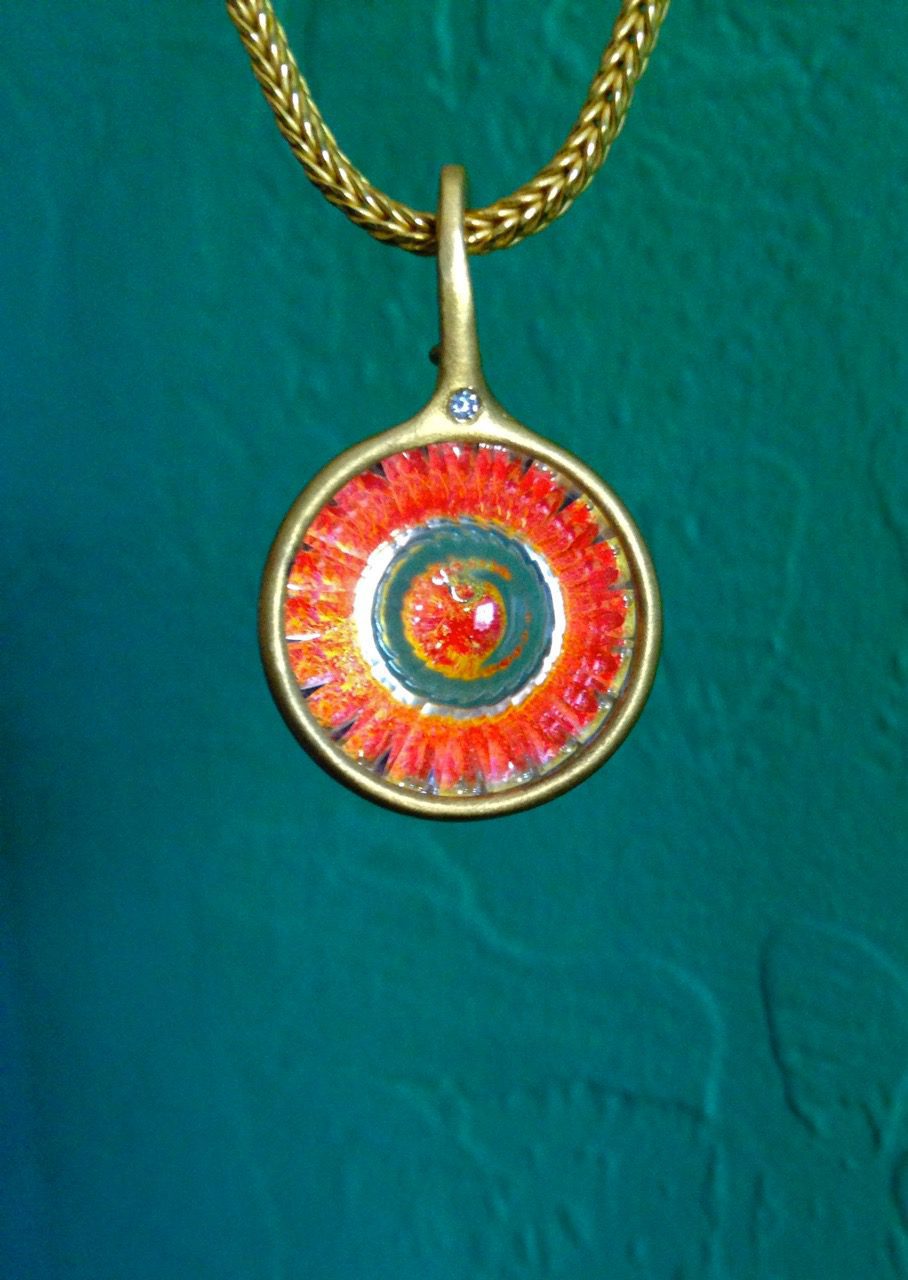Realgar Value, Price, and Jewelry Information
Although this common arsenic sulfide mineral occurs worldwide, cut gem-quality realgar is extremely rare. This fine, red stone is very fragile, difficult to cut, and nearly impossible to wear.
1 Minute Read
Although this common arsenic sulfide mineral occurs worldwide, cut gem-quality realgar is extremely rare. This fine, red stone is very fragile, difficult to cut, and nearly impossible to wear.
Start an IGS Membership today
for full access to our price guide (updated monthly).Realgar Value
Comments
With rich red to orange-red colors, realgar has a hardness of only 1.5 to 2. A penny could scratch it. Since it's sectile (cuttable) with good cleavage, faceting presents challenges. Stones seldom occur with transparency. Furthermore, this mineral decomposes slowly in light and turns into yellow, even softer, pararealgar. To cap all this, realgar also contains arsenic. "Ruby arsenic" and "ruby sulfur," older names for this mineral, allude to its color and noxious components. (Of course, rubies and realgars are distinct gem species).
Not surprisingly, although realgars make lovely gems, you'll find very few of these cut. Those will most likely reside in gem collections.
This mineral is one of the principal sources of arsenic. It has a long history of use as a poison as well as a medicine in traditional Chinese and Indian Ayurvedic practices. From ancient times to the Renaissance, cultures from the Mediterranean region to China used realgar to produce red pigment. Tanners used it as a hair remover.
Identifying Characteristics
Realgars have an orange to red streak. Keep in mind that streak testing can destroy your specimen. Conduct it on a piece of rough, never a finished gem, only as a last resort.
Red cinnabar gems can come close to realgars in appearance, hardness (2 to 2.5), and streak. However, they have a far greater specific gravity, higher birefringence, and different optic character. Their toxicity also differs. Cinnabar contains mercury, not arsenic.
Synthetics
Artisans have synthesized realgar for centuries to make red pigments by heating orpiment, another arsenic sulfide. Gem use of this material is unknown and most unlikely.
Sources
Gem-quality sources for realgars include:
- United States: Boron, California; Getchell Mine and Manhattan, Nevada; Mercur, Utah; King County, Washington (fine crystals up to 2 inches long, some gemmy).
- China; Czech Republic; Germany; Japan; Peru; Romania; Slovakia; Switzerland.
Stone Sizes
Occasional fragments of Washington crystals will cut gems to about 3 carats.
Care
A jeweler's torch could easily reach the temperature at which realgar melts, 307° C (585° F). Use great caution when working with this gem. Always clean yourself properly and avoid inhaling dust or fumes when handling this mineral. For more safety recommendations, consult these guidelines.
Store any realgars in a dark container to avoid decomposition. Avoid storing them with other harder, more common gemstones to avoid scratches. Don't put realgars in contact with water or steam. This can also cause a release of toxic fumes.
Joel E. Arem, Ph.D., FGA
Dr. Joel E. Arem has more than 60 years of experience in the world of gems and minerals. After obtaining his Ph.D. in Mineralogy from Harvard University, he has published numerous books that are still among the most widely used references and guidebooks on crystals, gems and minerals in the world.
Co-founder and President of numerous organizations, Dr. Arem has enjoyed a lifelong career in mineralogy and gemology. He has been a Smithsonian scientist and Curator, a consultant to many well-known companies and institutions, and a prolific author and speaker. Although his main activities have been as a gem cutter and dealer, his focus has always been education. joelarem.com
Related Articles
Unique Gem Materials for Jewelry Design
Black Diamond Value, Price, and Jewelry Information
Chameleon Diamond Value, Price, and Jewelry Information
Gray Diamond Value, Price, and Jewelry Information
Latest Articles
800 Years of Mogok: A Celebration in Tenuous Times
What is the Average Gemstone Faceting Yield?
Pyroxmangite Value, Price, and Jewelry Information
How to Identify Emerald Simulants and Synthetics
Never Stop Learning
When you join the IGS community, you get trusted diamond & gemstone information when you need it.
Get Gemology Insights
Get started with the International Gem Society’s free guide to gemstone identification. Join our weekly newsletter & get a free copy of the Gem ID Checklist!
